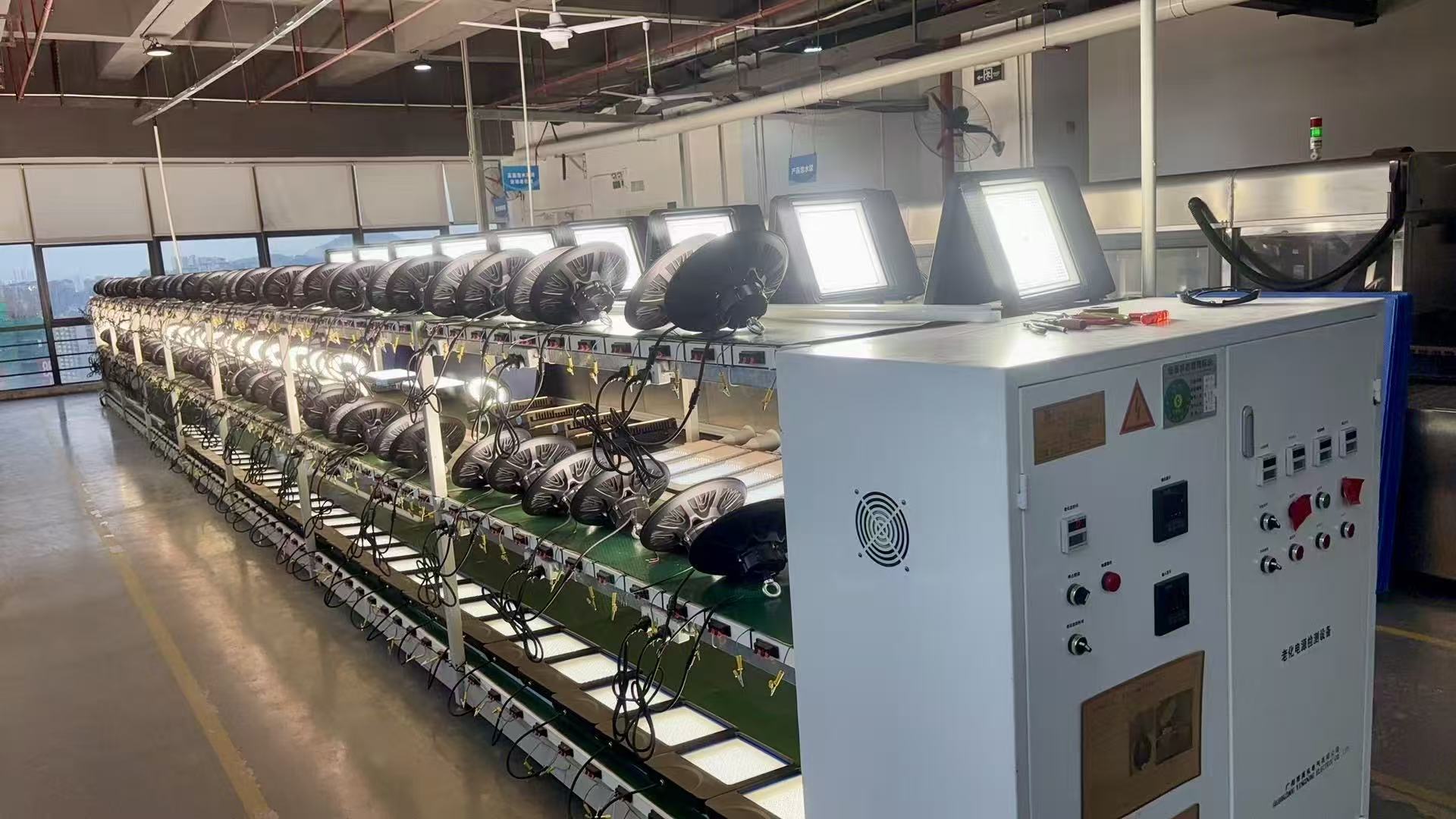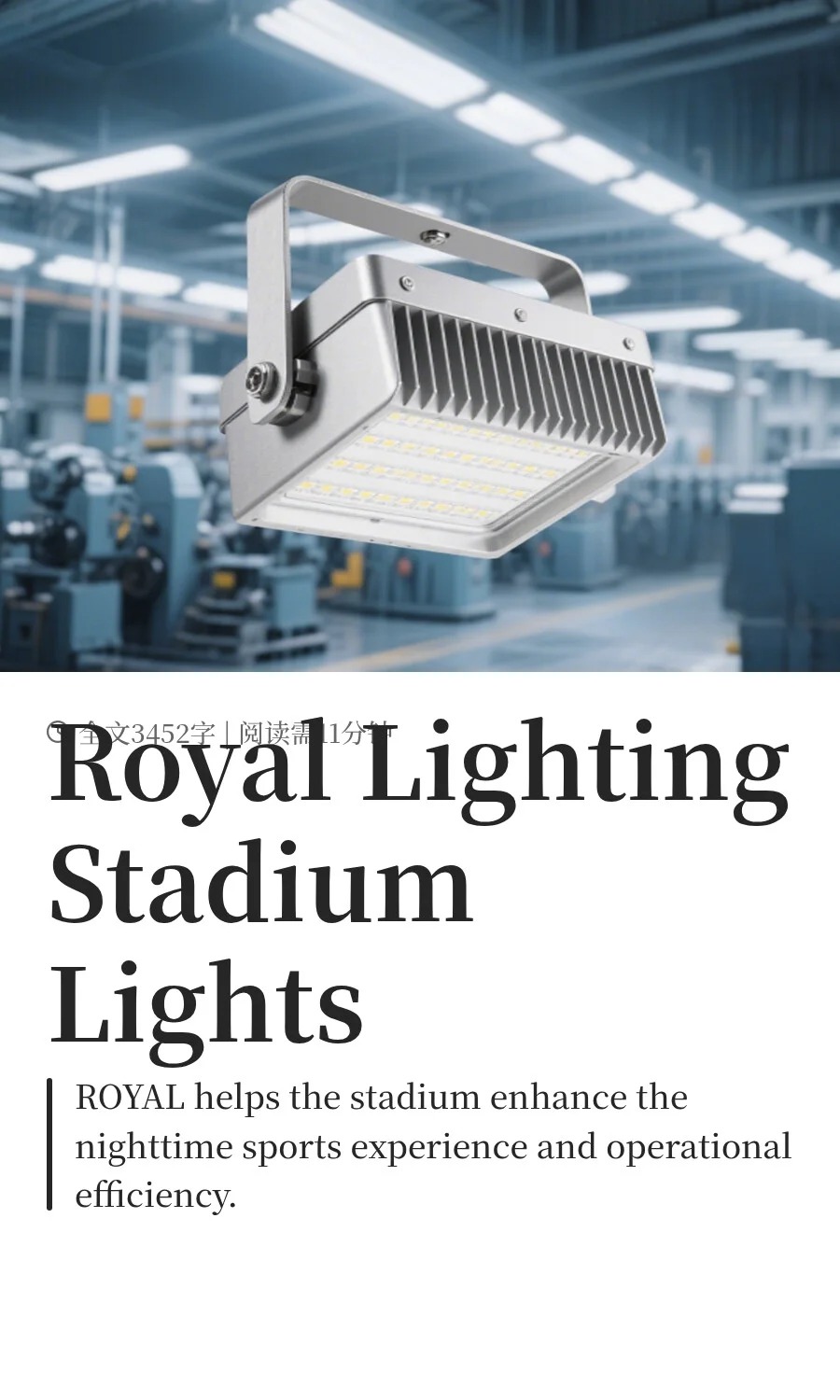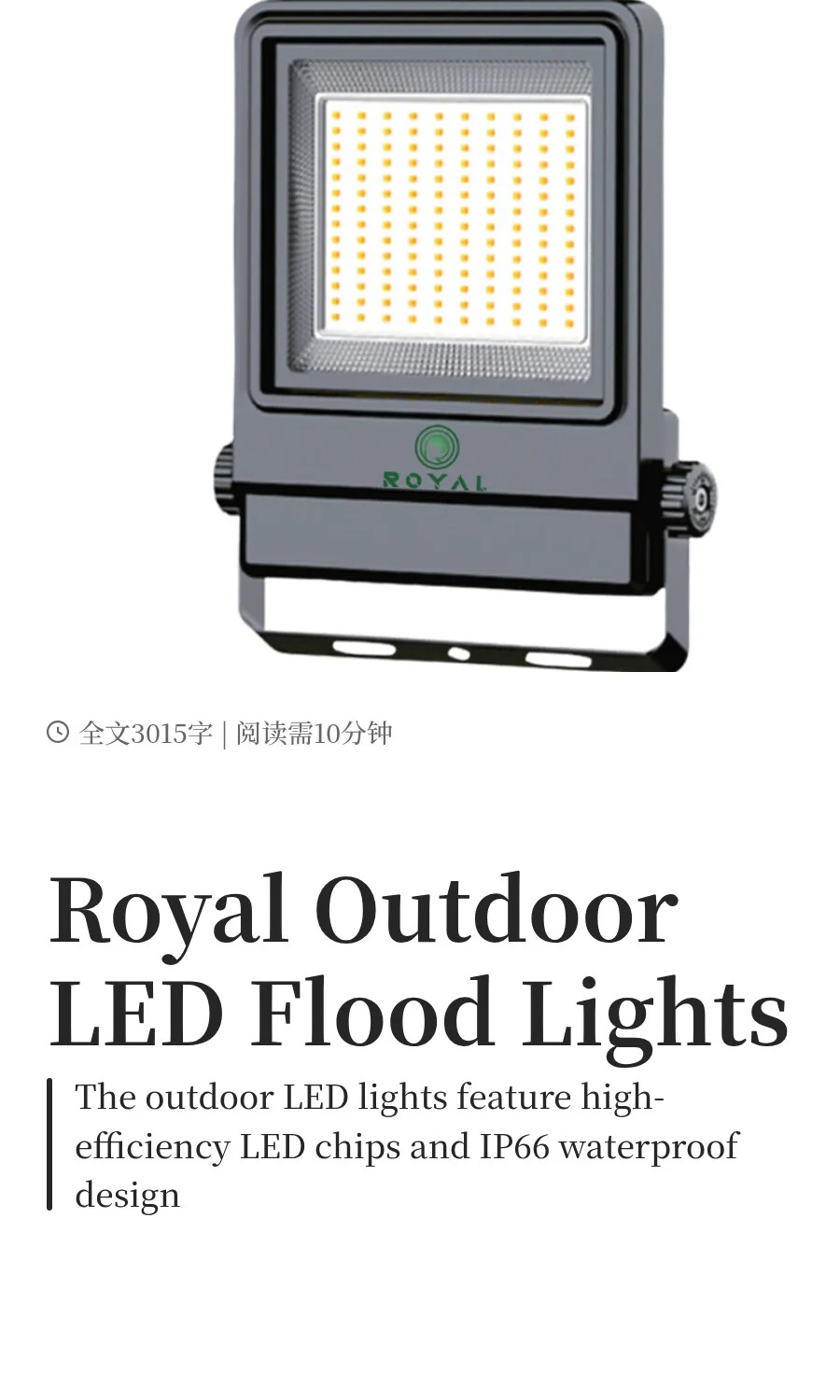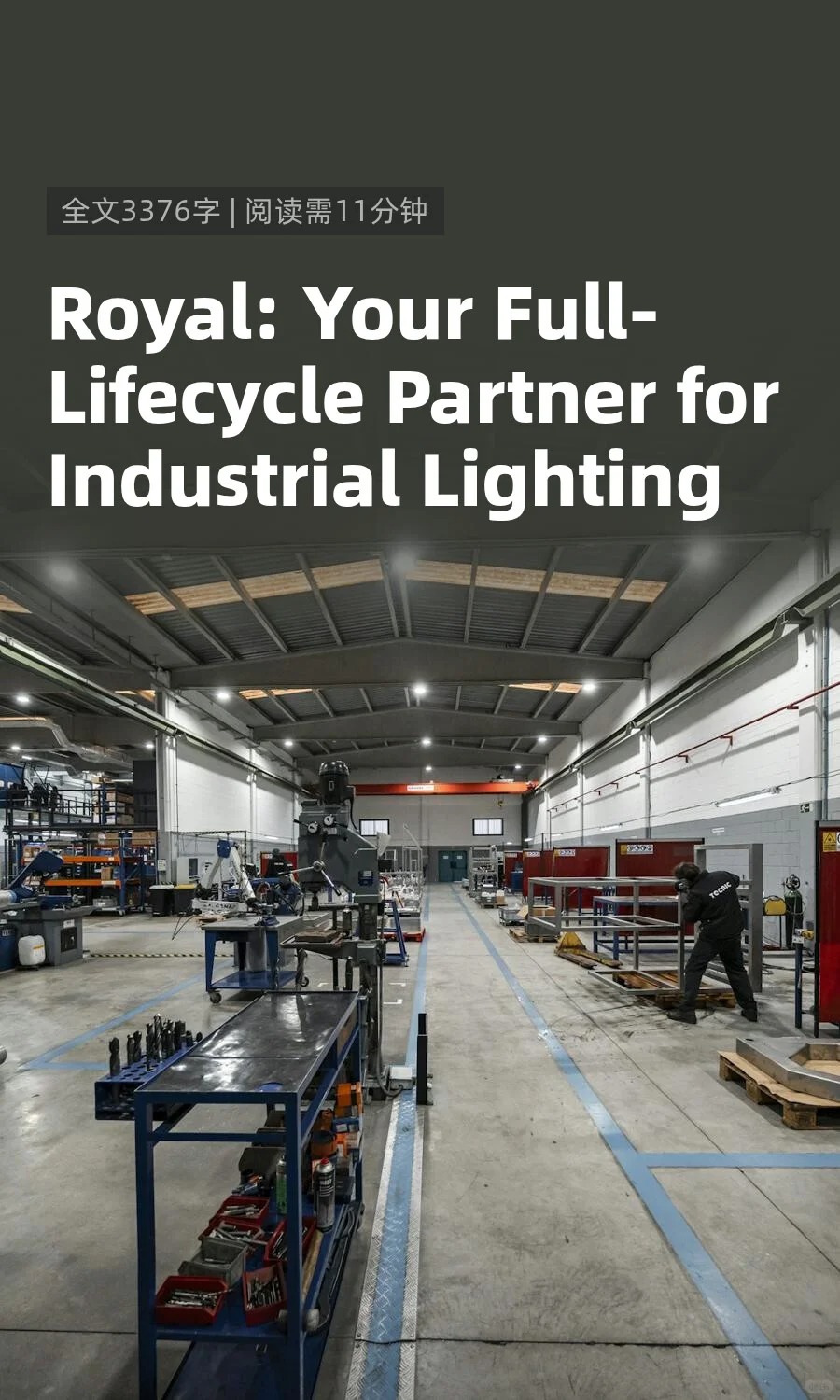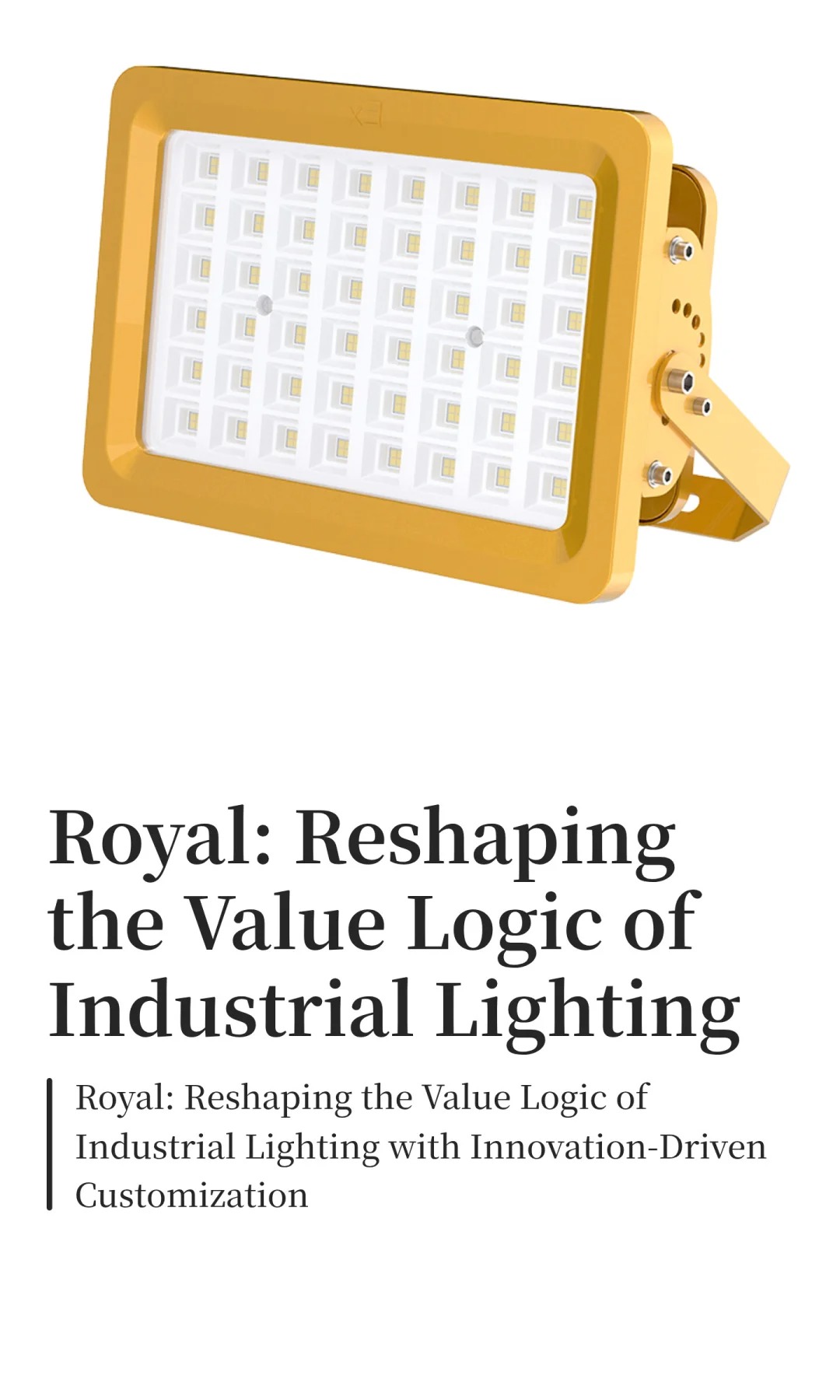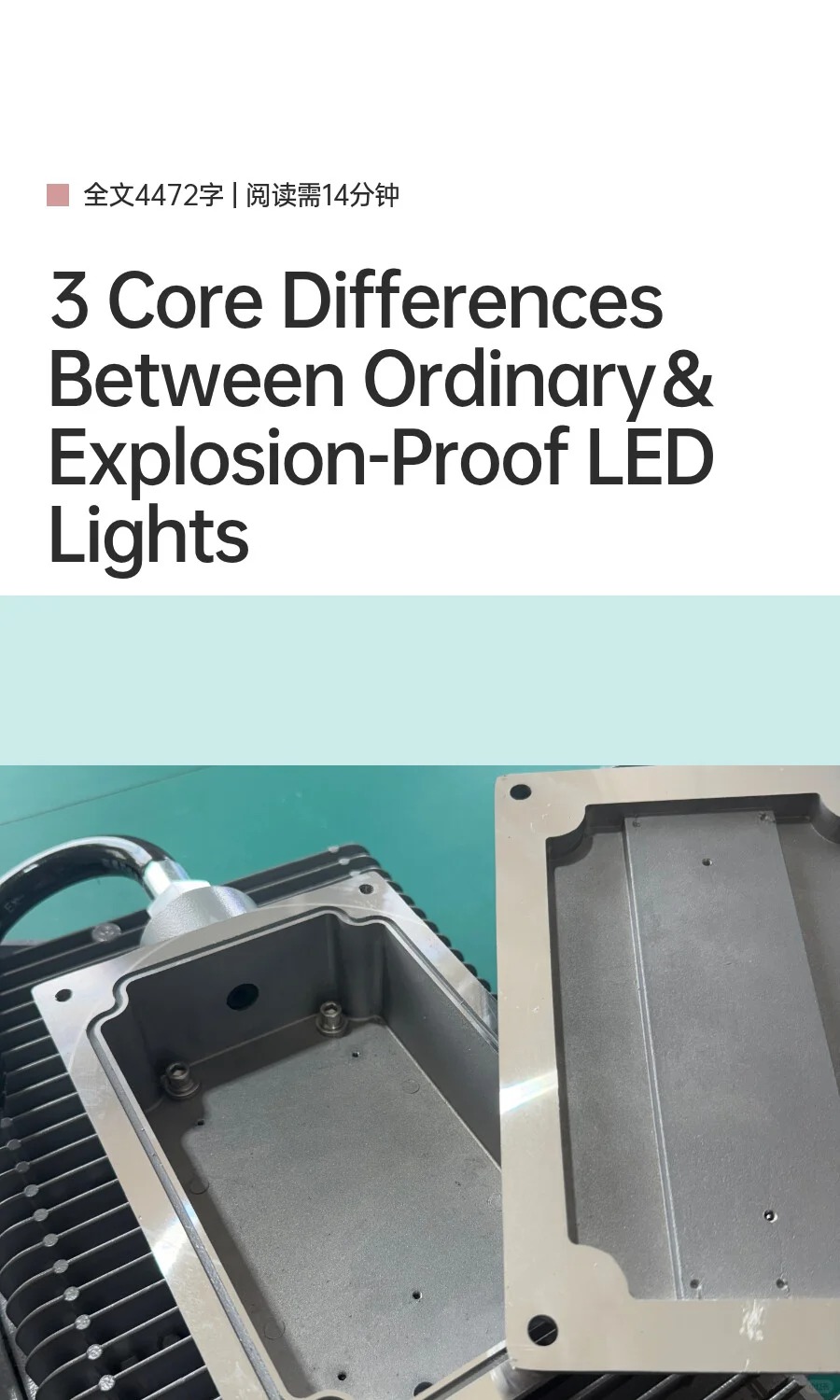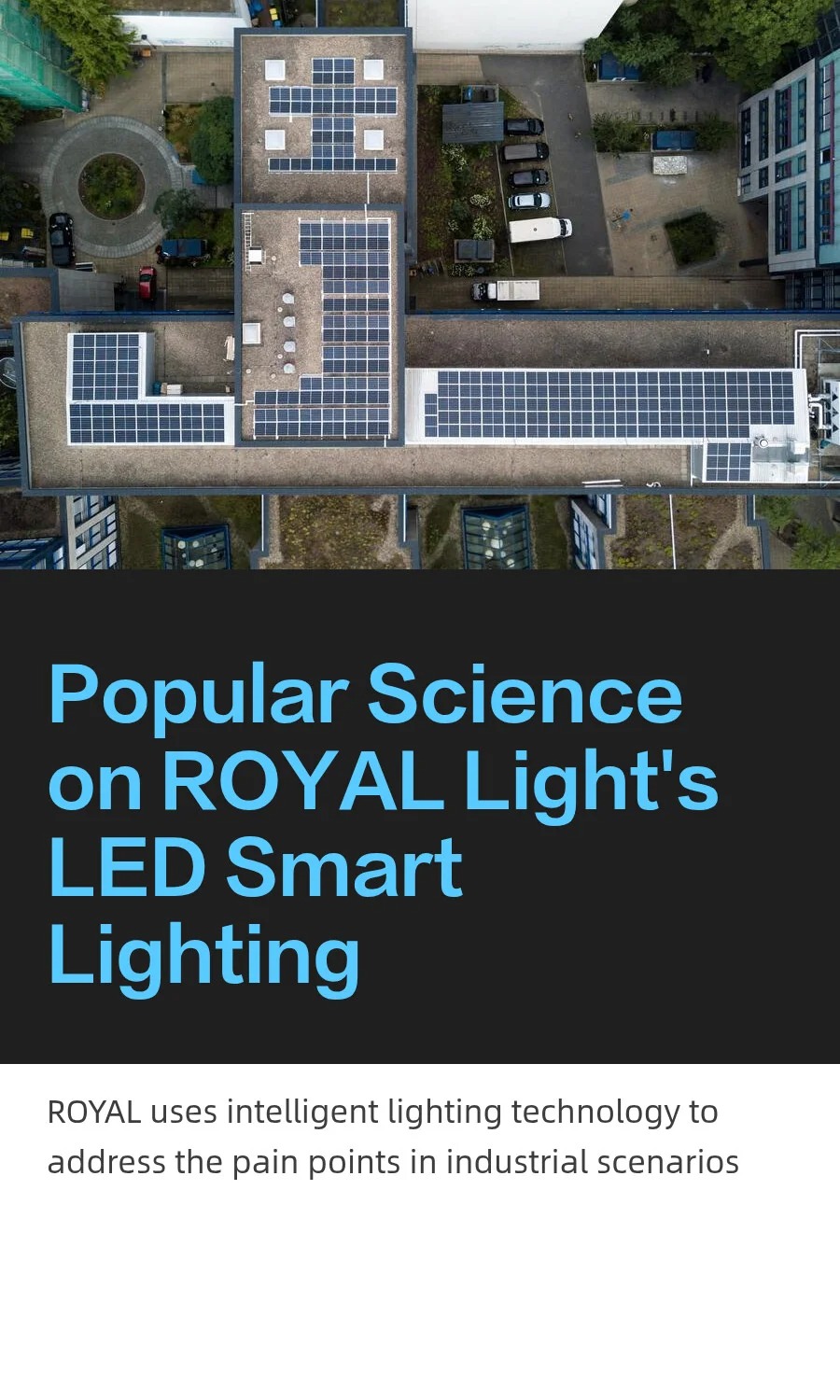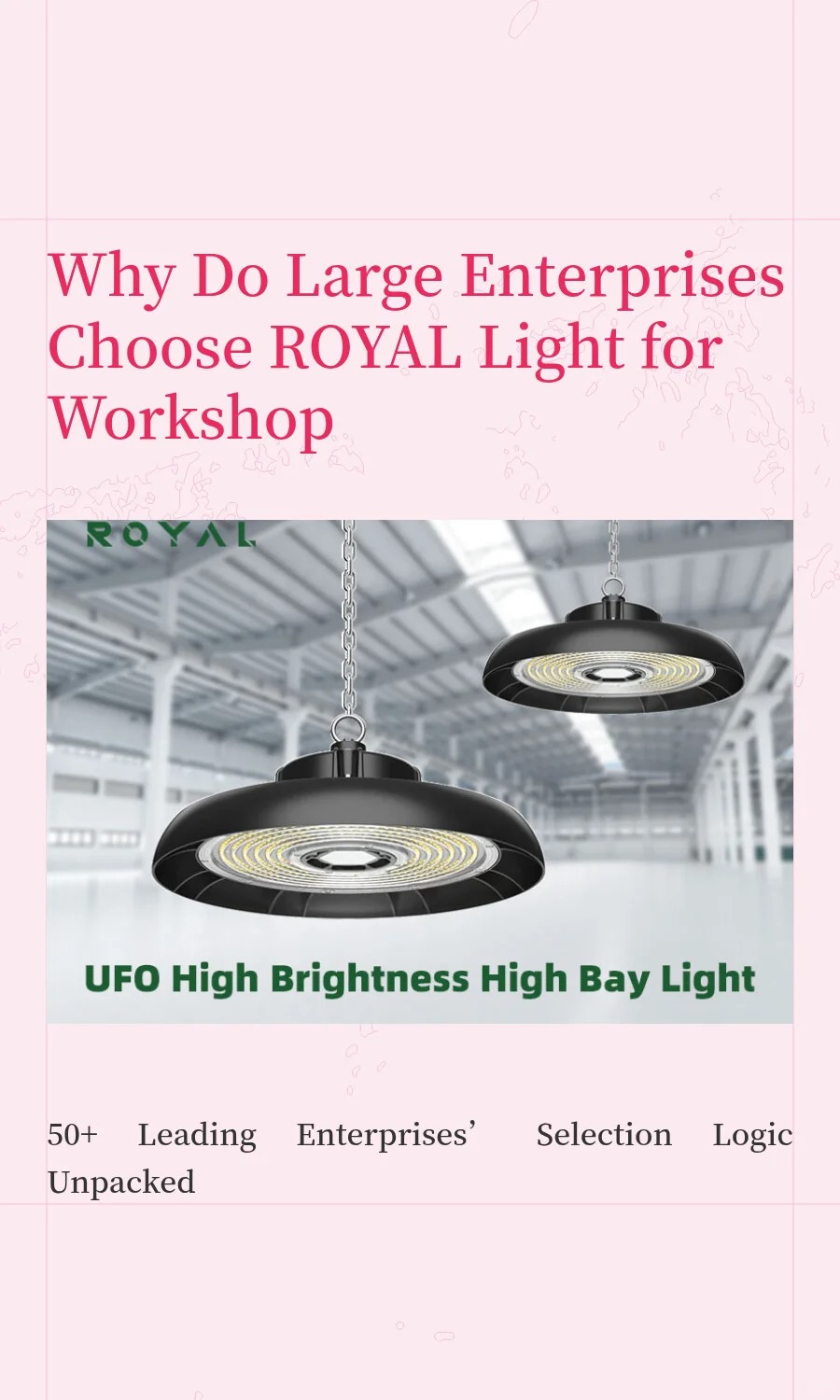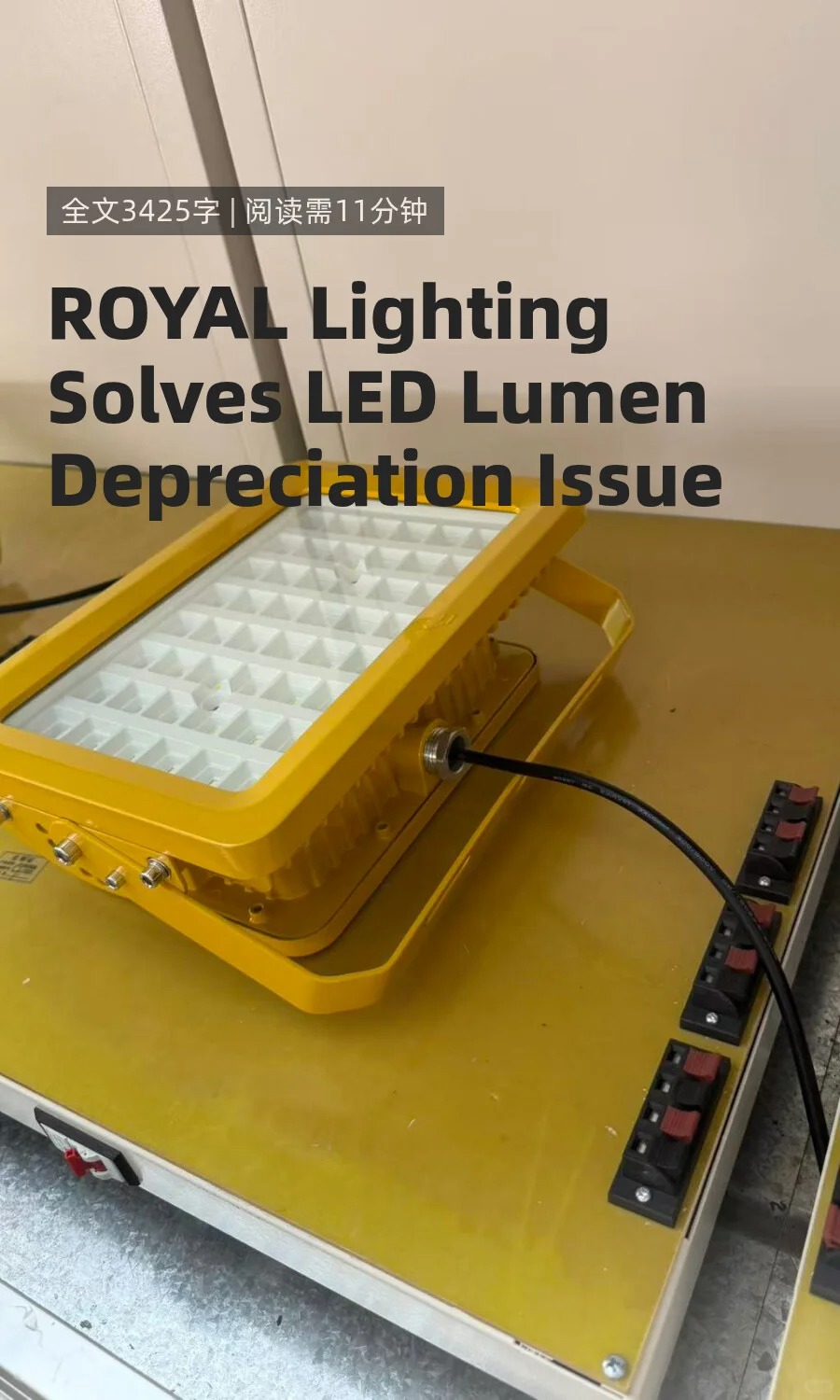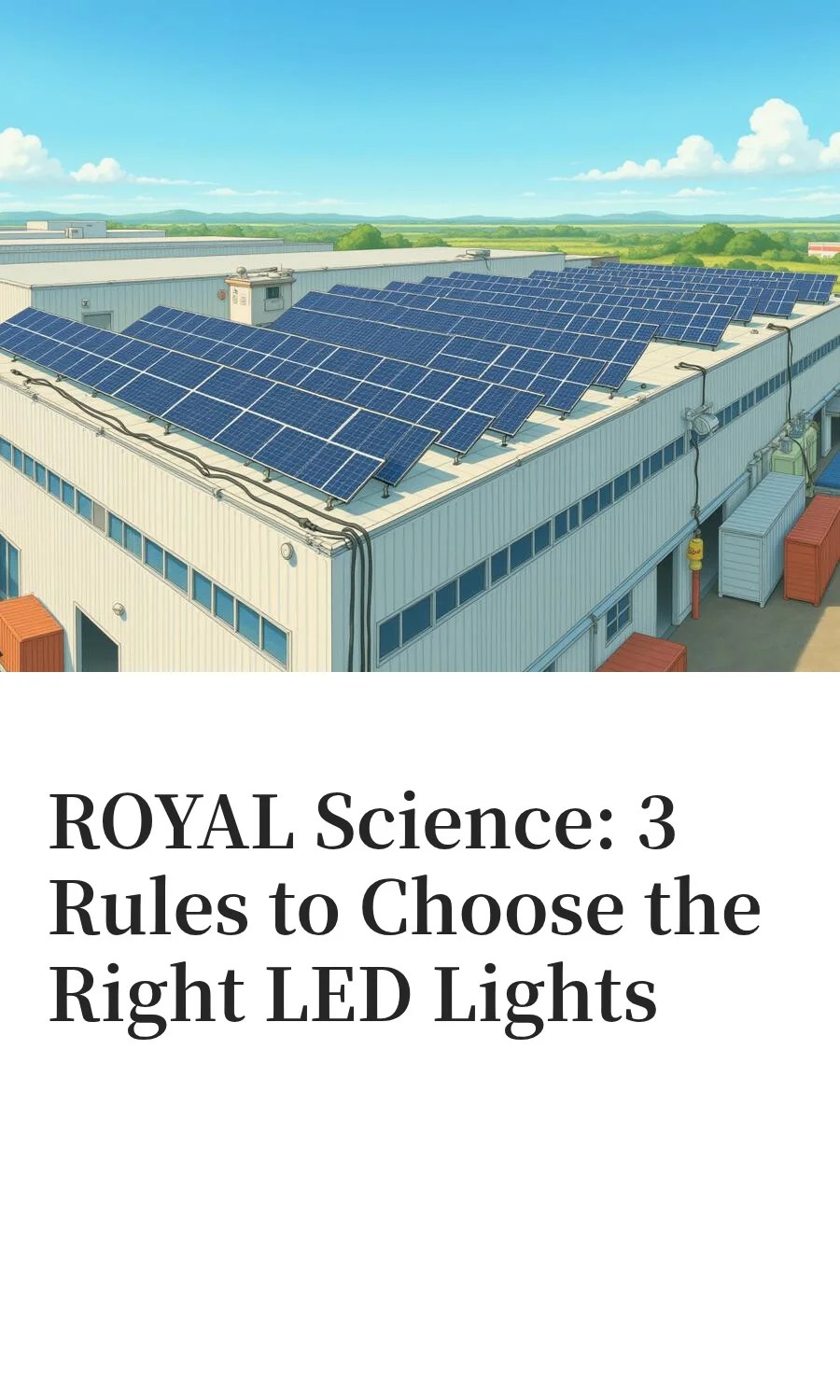When selecting lighting products in the global market, have you ever been confused by labels like "CE" and "ATEX"? For ordinary consumers or professional purchasers, these seemingly simple certification marks are actually the core credentials for a lighting fixture’s safety performance, compliance, and quality reliability. Especially in Europe and many global markets with high regulatory standards, CE and ATEX certifications are not "optional value-added features" but "mandatory thresholds" for lighting fixtures to enter the market and ensure safe use. Today, ROYAL Lighting will explain why these two types of certifications are crucial for lighting fixtures from the perspectives of certification essence, application scenarios, and user rights.
CE Certification, derived from the EU’s Product Safety Directive, is a mandatory certification for lighting fixtures to circulate in the 27 EU member states and the European Economic Area (EEA) market. Lighting fixtures without the CE mark cannot only fail customs clearance but also be prohibited from being sold or used in local markets. However, the value of CE goes far beyond "market access qualification"; its core lies in ensuring the safety of users and the environment through rigorous testing.
CE Certification is not a single test but integrates multiple EU directives based on the characteristics of lighting fixtures. The most core ones include:
Low Voltage Directive (LVD, 2014/35/EU): Applicable to electrical equipment with AC voltage of 50-1000V and DC voltage of 75-1500V, it tests the electrical safety of lighting fixtures—such as protection against electric shock (insulation performance, grounding reliability), protection against overheating (circuit load, heat dissipation design), and protection against mechanical hazards (housing strength, component firmness)—to prevent accidents like fires and electric shocks caused by electrical faults.
Electromagnetic Compatibility Directive (EMC, 2014/30/EU): It requires that lighting fixtures do not generate excessive electromagnetic radiation to interfere with other electronic devices (such as TVs and routers) during normal operation, and at the same time, they can resist external electromagnetic interference (such as power grid fluctuations) to ensure stable operation in complex electrical environments.
Energy Efficiency-Related Directives (e.g., ERP Directive): For energy-saving lighting fixtures (such as LED lights), it regulates indicators like energy efficiency class, luminous efficacy, and service life, helping users choose more energy-efficient and environmentally friendly products in line with the global low-carbon trend.
Lighting fixtures without CE Certification may have untested insulated wires, housing overheating due to defective heat dissipation design, and excessive electromagnetic radiation. These "invisible hazards" may cause:
Household scenarios: Electric shock to children due to accidental contact with leaky lighting fixtures, or fires caused by overheated lighting fixtures igniting curtains and carpets;
Commercial scenarios (e.g., shopping malls, office buildings): Electromagnetic interference from lighting fixtures affecting monitoring and access control systems, or large-area power outages caused by batch failures.
The existence of the CE mark means that the lighting fixture has passed tests by EU-recognized third-party laboratories, and both its design and production processes comply with safety standards.
If CE Certification covers "general environments", then ATEX Certification is the "exclusive safety certification" for explosive hazardous environments (such as petrochemical, mining, pharmaceutical, and grain processing workshops). Derived from the EU’s Equipment for Explosive Atmospheres Directive (2014/34/EU), this certification targets scenarios where flammable gases, vapors, or dust may exist, ensuring that lighting fixtures do not become "ignition sources".
Lighting fixtures requiring ATEX Certification are usually used in the following hazardous areas:
Gas explosion environments: Gas stations, oil refineries, natural gas transmission pipelines, and paint workshops (where flammable gases such as methane, propane, and benzene exist);
Dust explosion environments: Flour processing plants, plastic pellet workshops, and underground coal mines (where combustible dust such as flour, plastic powder, and coal dust exists).
In these scenarios, even tiny electric sparks or high-temperature surfaces generated by lighting fixtures may trigger explosions, leading to catastrophic consequences.
ATEX Certification is not a uniform standard but imposes differentiated requirements on lighting fixtures based on the "explosion risk level" of hazardous areas (e.g., Zone 0/1/2 for gas environments and Zone 20/21/22 for dust environments). The core tests include:
Explosion-proof structure design: The housing of the lighting fixture must have "flameproof capability"; even if sparks are generated inside due to faults, they can be blocked by the housing and not leak into the external hazardous environment;
Temperature control: The surface temperature of the lighting fixture during operation must be lower than the "ignition temperature" of the surrounding flammable substances (e.g., in a gasoline environment, the surface temperature must be lower than 280℃);
Dust and water resistance: For dust environments, lighting fixtures must meet IP6X dust resistance level to prevent dust from entering and accumulating inside, causing short circuits;
Reliability of cable connections: Ensure that wire joints do not generate electric sparks due to vibration or aging; in some scenarios, "explosion-proof sealed connectors" must be used.
Using lighting fixtures without ATEX Certification in hazardous environments is equivalent to "using an open flame in an explosives warehouse", with unimaginable consequences.
Whether in household, commercial, or industrial scenarios, verifying the CE/ATEX certifications of lighting fixtures is essentially to ensure four core needs: "safety, compliance, quality, and rights protection".
Need Dimension | Core Value | Specific Scenario Examples |
Safety Assurance | Prevent safety accidents such as electric shock, fire, and explosion | Lighting fixtures in children's bedrooms require CE Certification for anti-electric shock; canopy lights in gas stations require ATEX Certification for explosion prevention |
Compliance & Market Access | Ensure products meet the regulations of the target market and avoid legal risks | When purchasing lighting fixtures for European shopping malls, those without CE Certification will be detained by customs; when purchasing lighting fixtures for mines, those without ATEX Certification will be penalized by safety supervision authorities |
Quality Endorsement | The certification process requires testing by third-party laboratories to screen out low-quality products | Among LED lights of the same type, those with CE Certification are more reliable in terms of light decay, heat dissipation, and electromagnetic compatibility |
Rights Protection | If an accident is caused by product quality issues, the certification can serve as a basis for safeguarding rights | If a fire is caused by an electrical fault of the lighting fixture, the CE Certification can prove that the manufacturer failed to meet standards, facilitating accountability; without certification, it may be difficult to safeguard rights due to "non-compliant products" |
As a lighting enterprise focusing on the global market, ROYAL Lighting has always regarded "safety and compliance" as the core standard for product R&D. Currently, all series of ROYAL Lighting’s civil and commercial lighting fixtures have obtained EU CE Certification (covering LVD, EMC, and ERP directives), and industrial lighting fixtures for hazardous environments (such as explosion-proof floodlights and explosion-proof emergency lights) have obtained ATEX Certification (covering mainstream hazardous area levels such as Zone 1/2/21/22). Complete certification reports and certificate inquiry services are also available.
From ceiling lights in ordinary homes to track spotlights in shopping malls, and to explosion-proof floodlights on oil platforms, ROYAL Lighting always takes "certification compliance" as the bottom line, ensuring that every lighting fixture not only brings light but also peace of mind.
Conclusion
CE and ATEX certifications are not "marketing gimmicks" for lighting fixtures but "bottom-line proofs" of safety and compliance. When choosing lighting fixtures, spending one more minute verifying the certifications is equivalent to adding an extra layer of safety protection for yourself, your family, employees, or customers. ROYAL Lighting also calls on all users: Reject uncertified "three-no" lighting products, and choose products that meet international standards such as CE and ATEX, so that light and safety go hand in hand.
If you want to learn about the specific certification information of a certain ROYAL Lighting fixture, you can obtain the complete report through the "Product Center" on the official website or by contacting customer service.
